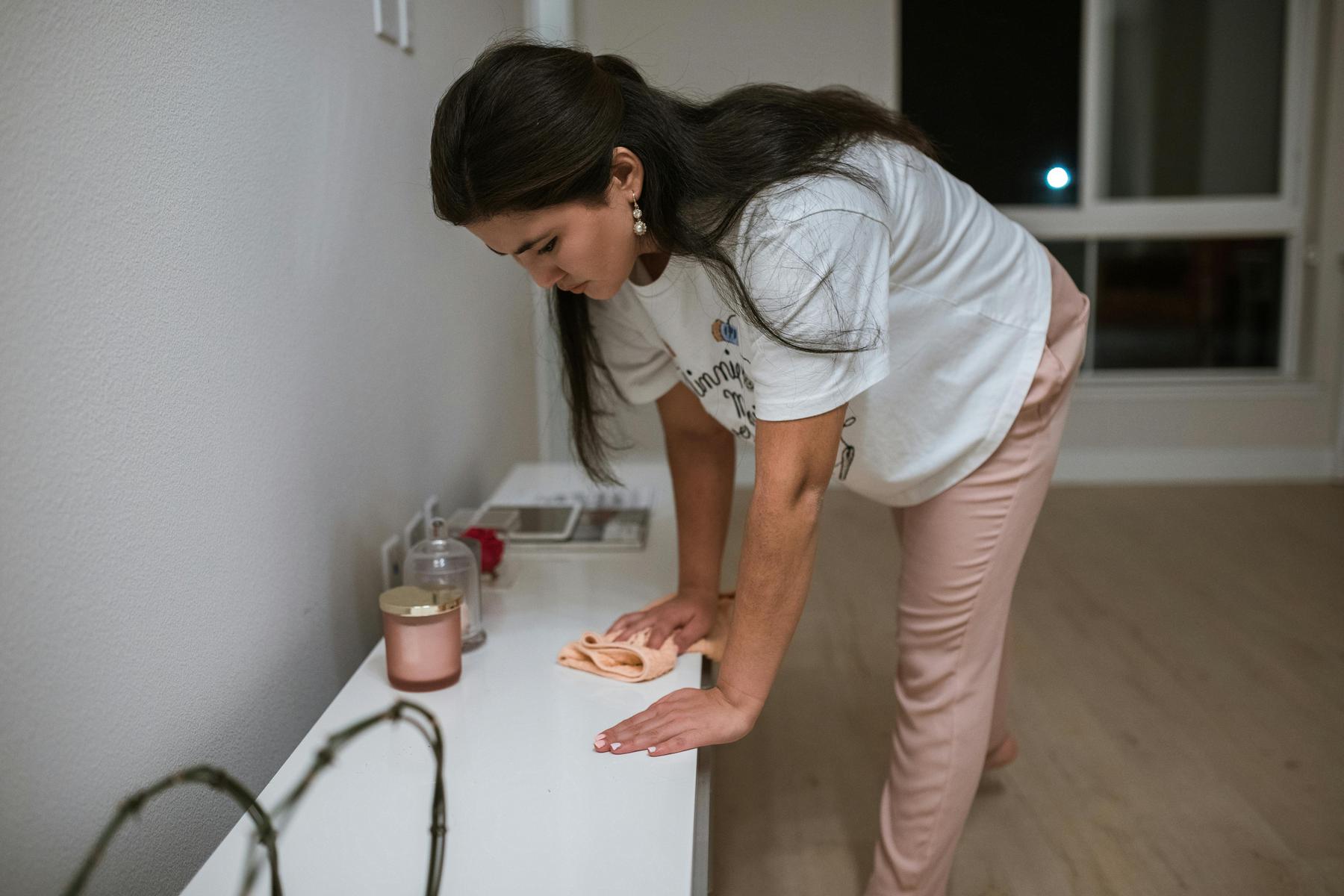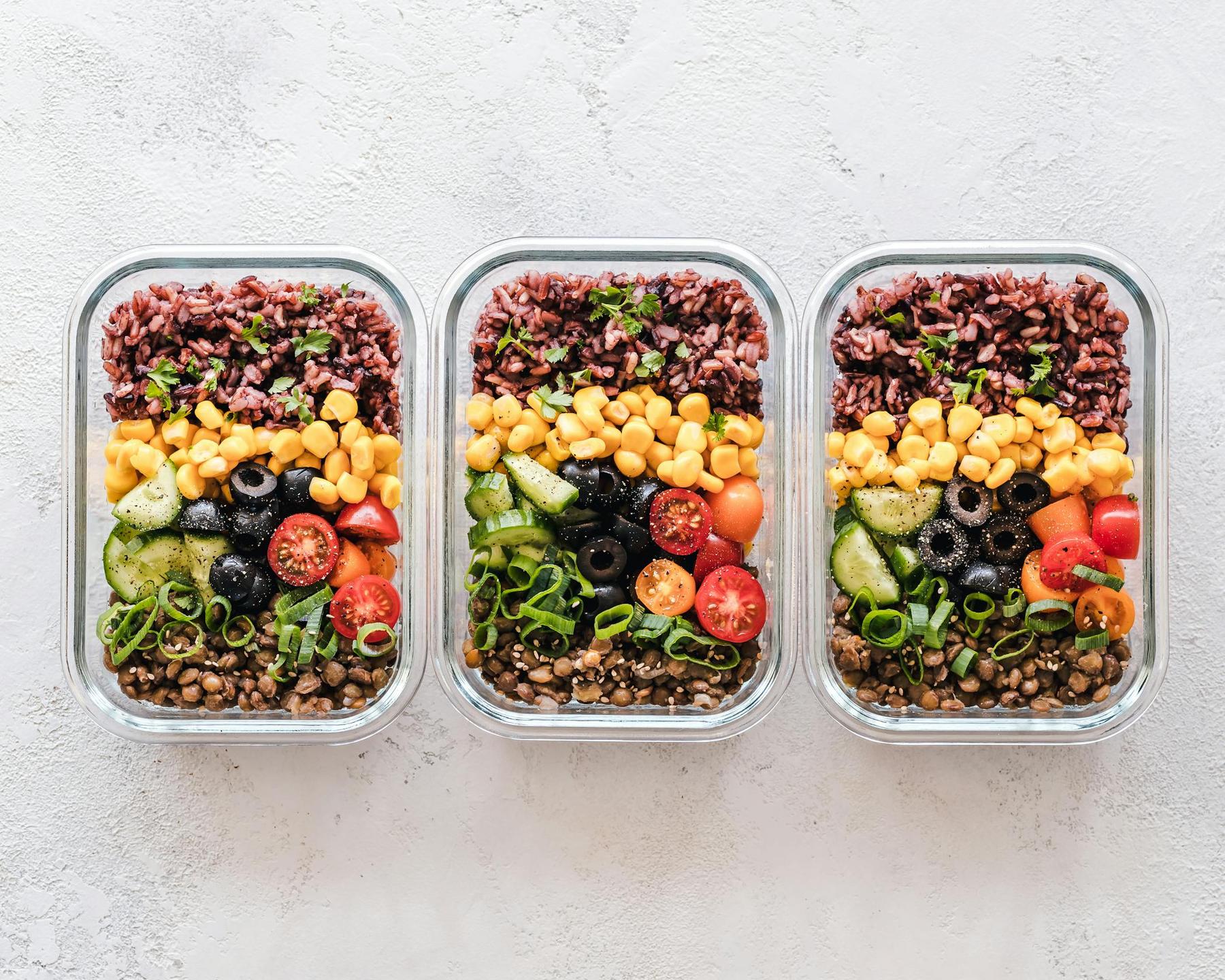The average Australian adult spends over three hours daily performing household tasks, yet most fail to recognise these activities as legitimate forms of physical exercise. This oversight represents a significant missed opportunity for health improvement, particularly when sedentary lifestyles contribute to rising obesity rates across the nation. Understanding how to transform routine domestic responsibilities into structured calorie-burning activities can revolutionise your approach to daily movement and metabolic health.
Research demonstrates that household chores can generate substantial energy expenditure when approached strategically. The key lies in understanding metabolic equivalents (METs), optimising movement patterns, and implementing evidence-based techniques that elevate domestic tasks from mundane necessities to health-promoting behaviours.
How Much Energy Do Different House Chores Actually Burn?
The scientific measurement of energy expenditure during household activities relies on metabolic equivalents (METs), where one MET equals 3.5 millilitres of oxygen consumption per kilogram of body weight per minute. This standardised system allows precise quantification of how turning house chores into calorie-burning activities impacts your metabolic rate.
Household activities span all recognised intensity categories. Light-intensity tasks include washing dishes (2.0 METs) and ironing (2.3 METs), whilst moderate-intensity activities encompass vacuuming (3.3 METs), mopping (3.5 METs), and basic gardening (4.0 METs). Vigorous-intensity domestic work includes scrubbing floors on hands and knees (6.0 METs) and chopping wood (7.0 METs).
The calorie burn calculation follows a specific formula: Calories per minute = (MET × Weight in kg × 3.5) ÷ 200. For example, a 75-kilogram individual mopping vigorously would burn approximately 4.59 calories per minute, translating to nearly 140 calories during a 30-minute cleaning session.
| Household Activity | MET Value | Calories/30min (75kg person) | Intensity Level |
|---|---|---|---|
| Washing dishes | 2.0 | 79 | Light |
| Ironing | 2.3 | 91 | Light |
| Vacuuming | 3.3 | 130 | Moderate |
| Mopping floors | 3.5 | 138 | Moderate |
| Gardening (general) | 4.0 | 158 | Moderate |
| Scrubbing floors | 6.0 | 237 | Vigorous |
| Chopping wood | 7.0 | 276 | Vigorous |
Which Indoor Cleaning Tasks Provide the Best Workout Benefits?
Floor care activities represent some of the most effective opportunities for turning house chores into calorie-burning activities within indoor environments. Vacuuming alone burns between 170-300 calories per hour, depending on the intensity and technique employed. The key to maximising energy expenditure lies in implementing deliberate movement modifications that increase muscular engagement and cardiovascular demand.
Traditional vacuuming can be enhanced by incorporating alternating lunges whilst pushing the vacuum, elevating the activity to 5.0 METs. This modification engages the quadriceps, glutes, and core musculature whilst maintaining the primary cleaning objective. Similarly, mopping becomes significantly more demanding when performed with vigorous circular motions and side-to-side leans that activate the oblique muscles, increasing the MET value to approximately 4.5.
Laundry activities offer unexpected opportunities for strength training integration. Carrying laundry baskets with arms maintained at 90-degree angles creates sustained muscular tension, whilst squatting to load washing machines properly engages the lower body at 4.0 METs. Even folding clothes whilst standing on one leg challenges proprioceptive systems and improves balance coordination.
Window cleaning deserves particular attention as a high-intensity domestic activity. Thirty minutes of vigorous window washing burns approximately 231 calories through constant overhead arm movements and shoulder engagement. Implementing interval protocols, such as 20 seconds of intensive scrubbing followed by 10 seconds of lighter activity, can elevate the MET value above 5.0, creating a genuine cardiovascular challenge.
How Can Outdoor Chores Become Effective Exercise Sessions?
Yard work represents the pinnacle of transforming domestic responsibilities into comprehensive fitness regimens. Outdoor chores typically demand higher energy expenditure than indoor activities due to increased environmental challenges and the physical nature of landscape maintenance tasks.
Raking activities serve as excellent examples of moderate-intensity exercise, with front-loading techniques burning 162 calories per 30 minutes for a 150-pound individual. The key to maximising raking effectiveness lies in implementing proper biomechanics and interval protocols. Alternating between two minutes of fast-paced raking at 5.5 METs and one minute of slower, recovery-paced activity at 3.0 METs creates a structured cardiovascular workout.
Lawn maintenance activities provide substantial caloric expenditure opportunities. Push mowing burns 182 calories per 30 minutes compared to only 101 calories for riding mower operation, demonstrating the significant metabolic difference between active and passive yard care approaches. Mowing on inclined surfaces further increases energy demands, with gradients of 7-9% elevating MET values to 8.0 or higher.
Seasonal outdoor activities offer some of the highest intensity domestic exercises available. Wood chopping reaches 7.0 METs whilst developing anterior chain strength and power. Snow shovelling can achieve 8.0 METs when proper hip-hinge techniques are employed, though this activity requires careful attention to form and gradual progression to prevent injury.
What Techniques Maximise Calorie Burn During Routine Housework?
Optimising household activities for maximum energy expenditure requires strategic modifications to movement patterns, environmental conditions, and activity structure. These evidence-based techniques transform routine tasks into legitimate exercise sessions without compromising cleaning effectiveness.
Tempo manipulation represents one of the most effective strategies for turning house chores into calorie-burning activities. Implementing work-to-rest ratios, such as 45 seconds of intensive scrubbing followed by 15 seconds of lighter activity, creates interval training effects that elevate heart rate and metabolic demand. This approach can be applied to virtually any cleaning task whilst maintaining productivity.
Loaded movement training offers another dimension of domestic exercise enhancement. Wearing weighted vests during vacuuming activities, typically 10-15% of body weight, increases MET values by 20-30% whilst adding progressive overload to the musculoskeletal system. Similarly, incorporating resistance bands during window cleaning provides additional shoulder stability challenges and upper body strengthening benefits.
Environmental modifications can create mandatory movement opportunities throughout daily routines. Organising cleaning supplies to require stair climbing between levels generates 5.0 METs per trip whilst promoting cardiovascular conditioning. Converting to standing positions during activities traditionally performed seated, such as ironing, increases energy expenditure from 1.5 METs to 2.5 METs.
Are There Limitations to Relying on Chores as Primary Exercise?
Whilst household activities contribute significantly to non-exercise activity thermogenesis (NEAT), research reveals important limitations when relying exclusively on domestic tasks for physical fitness. Understanding these constraints ensures realistic expectations and optimal integration with comprehensive health strategies.
Energy expenditure calculations often suffer from systematic overestimation. Studies demonstrate that individuals frequently overestimate the intensity and duration of household activities, leading to inflated perceptions of caloric burn. Self-reported intensity levels typically measure 20-30% lower than indirect calorimetry measurements, highlighting the importance of objective monitoring systems.
Compensation effects represent another significant limitation. Research indicates that individuals relying solely on chore-based exercise often experience a 38% increase in caloric intake, potentially negating the metabolic benefits of increased domestic activity. This physiological compensation mechanism underscores the importance of comprehensive approaches to weight management.
Movement efficiency also impacts long-term effectiveness. Professional cleaners expend 15-20% fewer calories than novices performing identical tasks due to optimised movement patterns and reduced energy waste. This adaptation suggests that the caloric benefits of household activities may decrease over time as technique improves and movements become more efficient.
Integrating Smart Technology with Domestic Exercise Programs
Modern weight management approaches increasingly leverage technology to enhance the effectiveness of turning house chores into calorie-burning activities. Wearable devices and smartphone applications enable precise tracking of MET values, movement patterns, and energy expenditure during domestic tasks.
Smart home integration offers promising developments for adaptive domestic training environments. Future technologies may enable real-time MET adjustment through automated assistance modulation, creating personalised intensity targets based on fitness goals and physiological responses. This convergence of housekeeping and health monitoring represents an emerging frontier in preventive medicine.
Professional telehealth support enhances domestic exercise programming through structured guidance and accountability systems. Clinical dietitians and health coaches can develop periodised chore schedules that progressively increase intensity whilst maintaining household maintenance objectives. This integrated approach addresses both environmental cleanliness and metabolic health within unified frameworks.
Maximising Your Household Exercise Potential
The transformation of routine domestic responsibilities into structured physical activity represents a pragmatic approach to addressing sedentary lifestyle challenges. When properly quantified and periodised, household chores provide legitimate opportunities for energy expenditure, cardiovascular conditioning, and strength development.
Successful implementation requires understanding MET values, optimising movement patterns, and maintaining realistic expectations about limitations. The most effective strategies combine traditional cleaning objectives with deliberate exercise modifications, creating dual-purpose activities that serve both domestic and health-promoting functions.
Modern technology and professional guidance enhance these efforts through precise monitoring, structured programming, and comprehensive support systems. As smart home technologies continue evolving, the integration of housekeeping and fitness monitoring may revolutionise approaches to daily movement and metabolic health management.
How many calories can I realistically burn during a typical house cleaning session?
A comprehensive two-hour cleaning session involving vacuuming, mopping, and bathroom scrubbing can burn between 200-400 calories for a 75-kilogram individual, depending on intensity and technique. This calculation assumes moderate-intensity work at approximately 3.5-4.0 METs, with higher burns achieved through deliberate movement modifications and interval protocols.
Which household chores burn the most calories per minute?
Wood chopping and snow shovelling represent the highest-intensity domestic activities at 7.0-8.0 METs, burning approximately 8-9 calories per minute for a 75-kilogram person. Indoor activities like vigorous floor scrubbing on hands and knees reach 6.0 METs, whilst moderate tasks like vacuuming and mopping average 3.3-3.5 METs.
Can household chores replace traditional gym workouts for weight management?
Whilst household activities contribute significantly to daily energy expenditure and non-exercise activity thermogenesis (NEAT), they typically lack the structured progression and intensity variability of formal exercise programs. Optimal results occur when domestic activities complement rather than replace dedicated exercise sessions.
How can I track the effectiveness of my household exercise routine?
Wearable fitness devices provide accurate monitoring of heart rate, MET values, and energy expenditure during domestic activities. Many devices specifically recognise cleaning tasks and offer real-time feedback on intensity levels. Professional guidance through telehealth platforms can help interpret this data within broader health management strategies.
What safety considerations should I keep in mind when intensifying household chores?
Proper biomechanics are paramount when increasing domestic activity intensity. Focus on maintaining a neutral spine during lifting and bending, warm up before high-intensity tasks like wood chopping, and progress gradually to prevent overuse injuries. Individuals with existing health conditions should consult healthcare providers before making significant changes.



